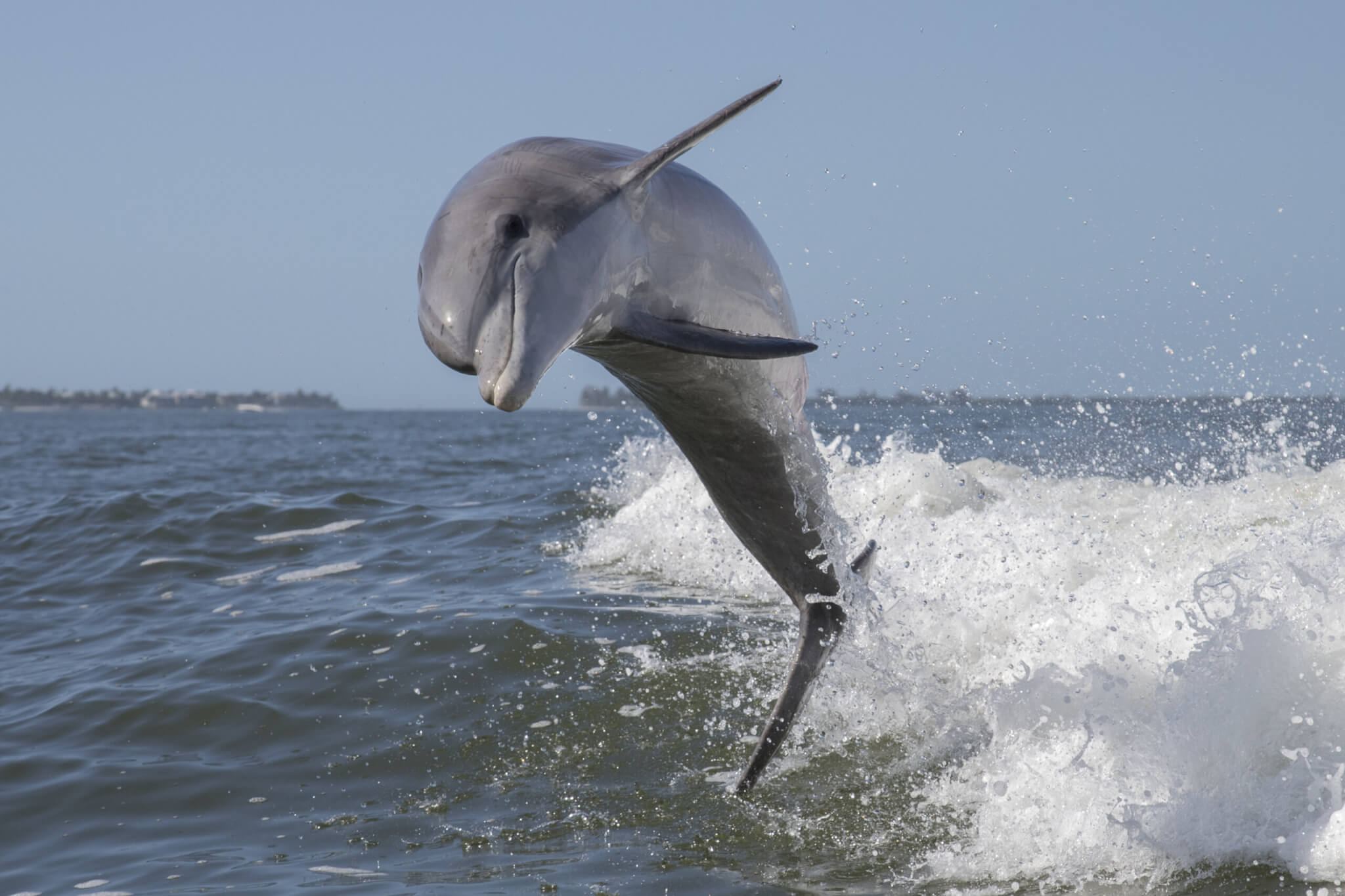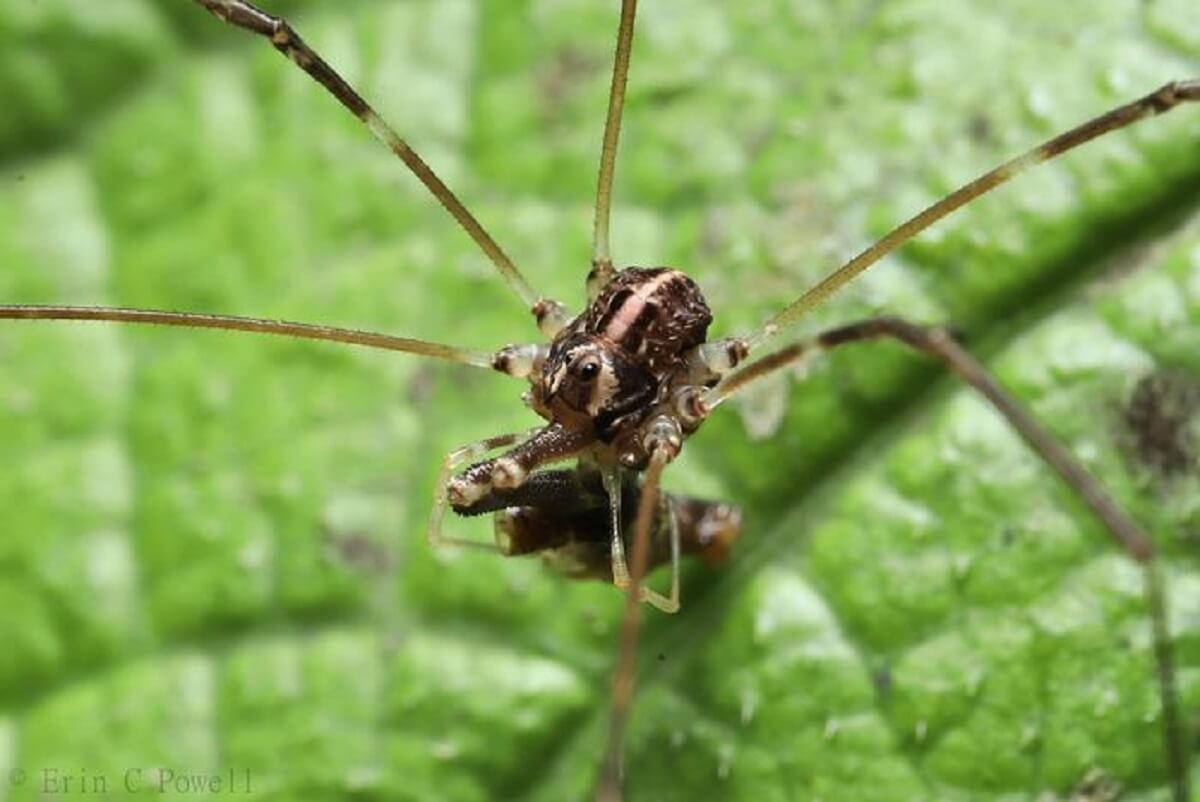Science never takes a break, and as the calendar turns to 2024, StudyFinds is looking back at the past year in research from around the globe. When it comes to studying animals, scientists are constantly examining issues large and small.
From discovering the reason dogs tilt their heads to revealing why whales sing in the ocean, these studies are often eye-opening and adorable all at the same time. Here are the top five animal & wildlife studies of 2023:
Should dogs sleep in the same bed with you? Medically, the answer is no
In many pet homes, the family dog is the king or queen of the castle. Some owners spoil their furry friend to no end — and that can include letting pets sleep in the same bed as them. From a strictly medical standpoint, however, is this really a good idea?
Dr. Faith Coleman looked all over for the pros and cons of letting your dog sleep in bed with you. Unfortunately for many dog owners, the cons win – the pros aren’t even close. Dr. Coleman could not find a single veterinarian who was in favor of letting dogs on the bed. Simply put, the risks outweigh the questionable benefits.
Among the cons, infectious diseases are a hazard. Dogs often step in or eat feces. There is a possibility of your pet transmitting bacteria or parasites like salmonella or heartworms to you. You can assume that your dog carries some kind of bacteria picked up by stepping in it.

Shocking study discovers bottlenose dolphins possess electric seventh sense
Scientists at the Nuremberg Zoo in Germany have discovered a previously unknown sensory ability in bottlenose dolphins: electroreception. The truly shocking finding bridges the gap between dolphins and other known electroreceptive animals and adds a new understanding of how these charismatic creatures interact with their underwater world.
Electroreception, the ability to perceive weak electric fields, is typically associated with aquatic or semi-aquatic species. This sensory skill, fascinating in its own right, has been a focus of extensive research in marine biology, predominantly observed in weakly electric fishes and some amphibian species. However, the revelation that bottlenose dolphins possess this ability challenges our perception and expands our understanding of marine sensory biology.
Imagine a dolphin navigating the ocean’s depths, its path illuminated not by light but by the faint electrical signals of hidden prey. This ability could revolutionize our understanding of their foraging strategies, especially in challenging environments.

Ancient elephant graveyard uncovered in Florida: ‘Once-in-a-lifetime find’
Talk about a paleontologist’s jackpot. Remnants of a prehistoric creature called the gomphothere, an extinct relative of modern-day elephants, were uncovered recently at the Montbrook Fossil Dig in North Florida. The fossils, estimated to be about five and a half million years old, provide invaluable insight into the diverse wildlife that once roamed prehistoric Florida.
Gomphotheres roamed the Earth for over 20 million years. They evolved and adapted to different environments, spreading across continents and thriving in new landscapes. What makes them particularly intriguing is the variety of their features. Unlike their more well-known relatives like woolly mammoths, gomphotheres had unique tusk configurations and body sizes, making them a fascinating group to study.
The journey to this discovery began when a retired chemistry teacher and museum volunteer stumbled upon the initial gomphothere remains last spring. Little did he know that he had stumbled upon something truly extraordinary.
“I started coming upon one after another of toe and ankle bones,” says Dean Warner, in a media release. “As I continued to dig, what turned out to be the ulna and radius started to be uncovered. We all knew that something special had been found.”

Unconditional love: Dog aggression surprisingly increases after leaving shelters — but owners don’t regret adopting
Over six million animals enter shelters on an annual basis, but only about half end up being adopted. Shelter animals, dogs specifically, often get the reputation that they’re mangy and hard to control. While there may be some truth to these canine stereotypes, new research discovered that most families who decide to adopt a shelter dog end up feeling very happy about the decision.
Scientists at The Ohio State University report that while shelter dogs did indeed display more stranger aggression or training problems while researchers tracked them for six months at their new homes, owner satisfaction still remained high. In fact, 94 percent characterized their new pup’s behavior as either excellent or good.
“This is one of the most comprehensive studies, using multiple timepoints, to investigate post-adoption behavior in dogs. The findings help shelters counsel new dog guardians with more accurate information on what behavior changes to expect after adoption. This information will hopefully allow people to get help sooner for their dog’s behavior problems and keep more dogs in their adoptive homes,” the study authors conclude in a media release.

Meet the new arachnid with 3 different types of males
The fascinating world of the arachnid kingdom introduced us to a species that boasts three distinct types of males. These intriguing creatures, native to New Zealand, are thought to evolve into their disparate forms because of changing environmental factors.
The recent study illuminated the “trimorphic” nature of these arachnids, revealing that they could develop into powerful alpha or beta males, possessing large jaws that account for up to half of their total body weight. Conversely, they may evolve into comparatively small gamma males who allocate their resources towards reproduction, capitalizing on limited mating opportunities.
Trimorphism is remarkably rare in the animal kingdom. Initially, researchers theorized that genetics and nutrition may drive such variation within a single species. However, the study suggests that environmental factors, such as predator encounters, might be more significant than previously believed in determining the ultimate adult form of males.

